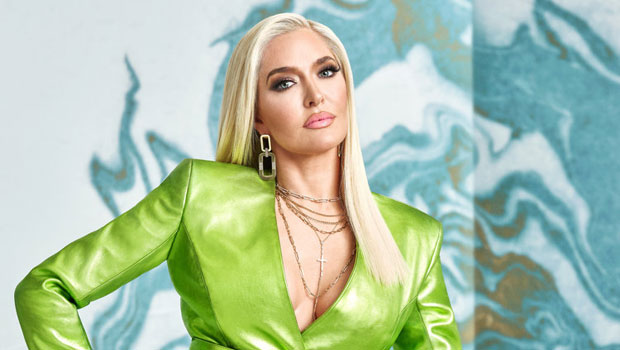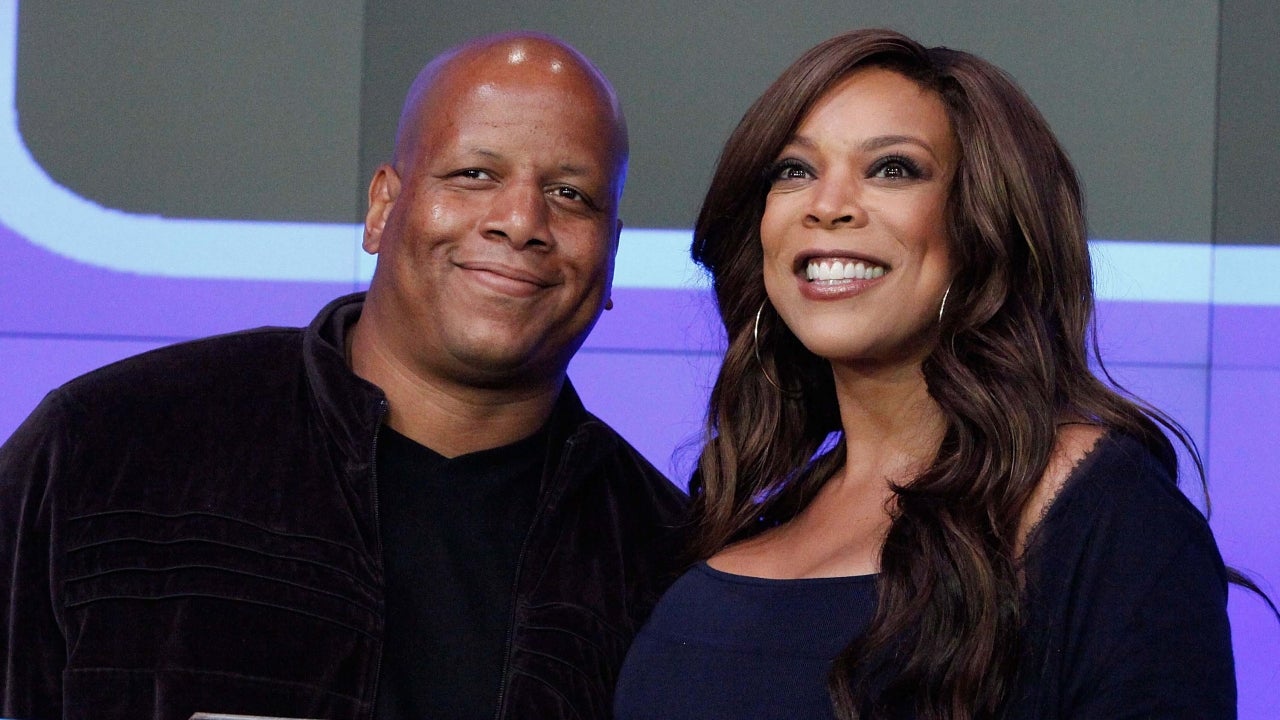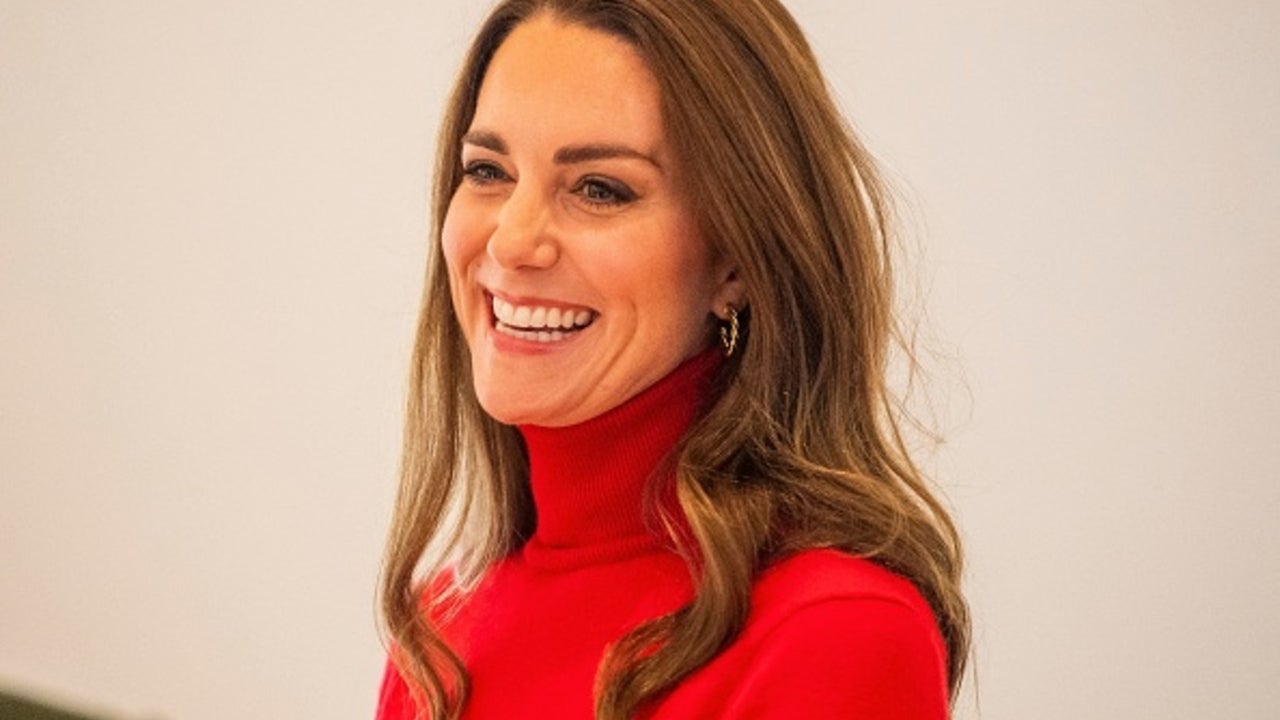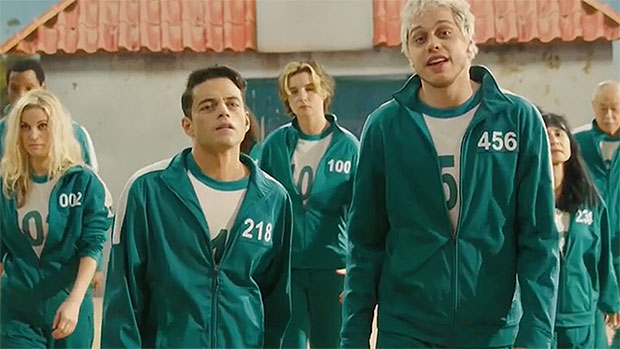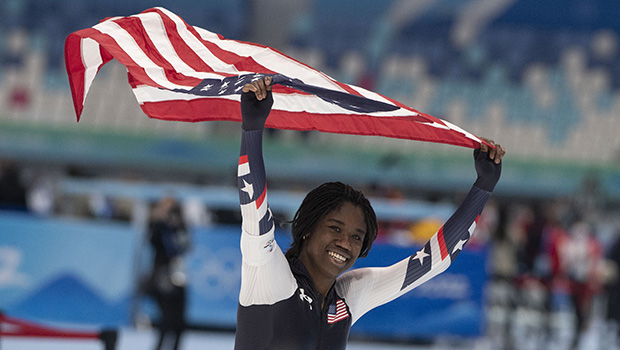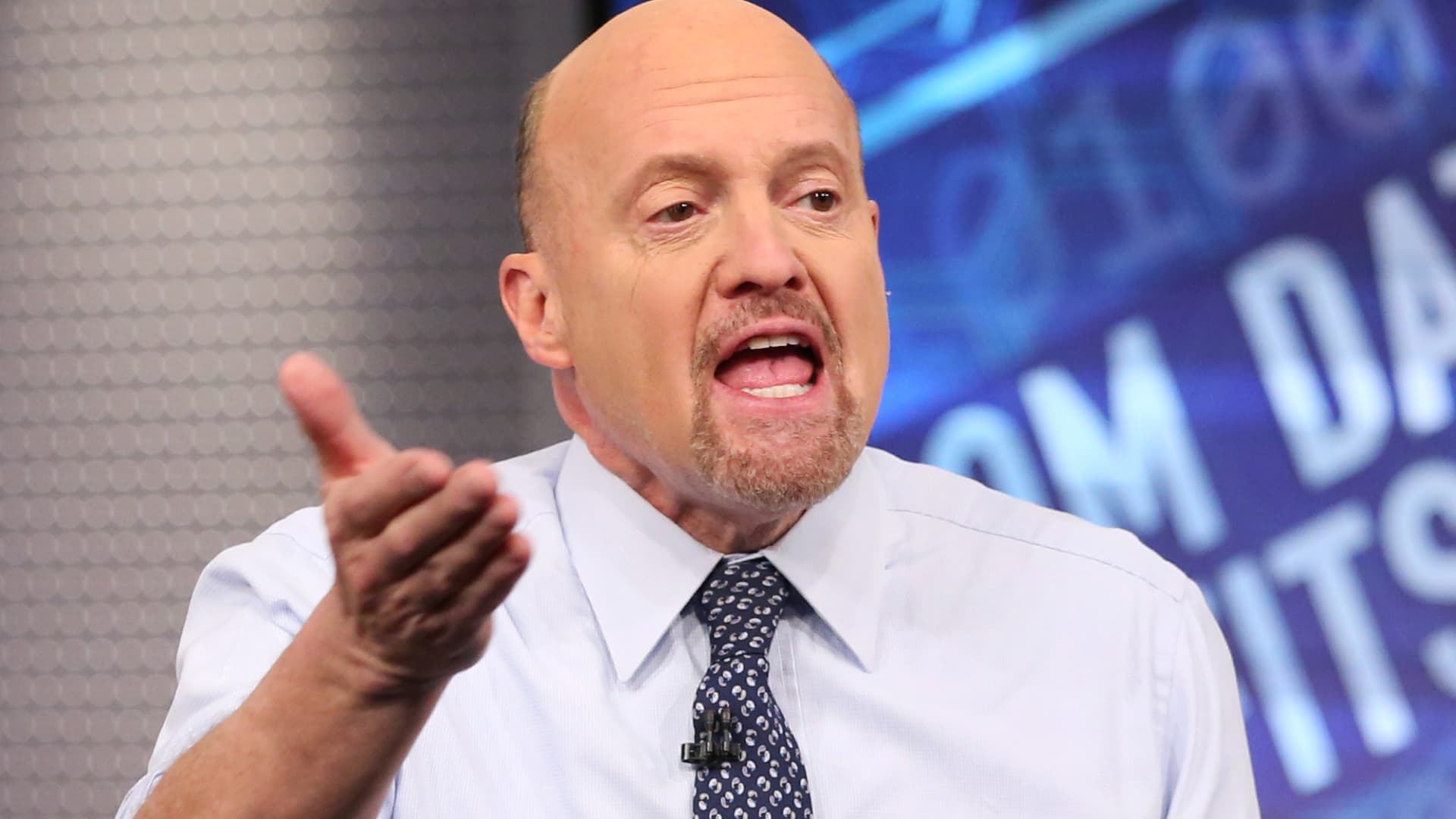Tribeca 2022 Women Directors: Meet Maya Forbes – “The Good House”
Maya Forbes made her directorial debut with “Infinitely Polar Bear” (2014) which she also wrote. She was a writer on HBO’s “The Larry Sanders Show” and has since written for many TV projects and feature films including “Monster Vs Aliens” (2009),...

Maya Forbes made her directorial debut with “Infinitely Polar Bear” (2014) which she also wrote. She was a writer on HBO’s “The Larry Sanders Show” and has since written for many TV projects and feature films including “Monster Vs Aliens” (2009), “The People Vs O.J. Simpson” (2016), and “A Dog’s Purpose” (2017.) She co-wrote and co-directed, with her husband Wally Wolodarsky, 2017’s “The Polka King”.
“The Good House” is screening at the 2022 Tribeca Film Festival, which is taking place June 8-19. Wolodarsky co-directed the film.
W&H: Describe the film for us in your own words.
MF: “The Good House” is the story of Hildy Good, a sharp, funny businesswoman in her 60s who is fighting to stay relevant while on a collision course with herself. It is about denial, drinking, and getting a second chance at life and love.
W&H: What drew you to this story?
MF: It was a chance to tell the story of an older woman who has agency, who is a fighter, who is funny, who has demons. There comes a time in one’s life where you realize that some of the qualities that have powered you through might now be holding you back and I’m very interested in that inflection point.
That it took place in Massachusetts, where I grew up, increased the appeal. The world and the characters were so well-rendered in Ann Leary’s novel and Wally and I were eager to bring them to life. We knew it would be an opportunity to work with wonderful actors and tell a meaningful story.
W&H: What do you want people to think about after they watch the film?
MF: How happy they are to see a movie about real people and real issues, a movie that reflects the fact that life is both funny and sad, and how they hope studios will make more movies like this one because that’s what studios used to do.
W&H: What was the biggest challenge in making the film?
MF: Being on location is always the biggest challenge for me as a mother. It’s hard to direct a movie while you are getting texts that your kids are evacuating your house back home due to encroaching fires. But here’s a different kind of challenge, one we didn’t expect: mosquitoes.
A hurricane had blown up through the northeast right before we started shooting, bringing with it swarms of enormous mosquitoes with beaks. They looked like little pterodactyls. They were a constant and unwelcome presence during every exterior scene and they may not have been the biggest challenge, but they were the smallest biggest challenge.
W&H: How did you get your film funded? Share some insights into how you got the film made.
MF: This was my first studio film, but just as in independent film, you have to keep your foot on the gas and pretend you’re making a movie until, finally, you are.
W&H: What inspired you to become a filmmaker?
MF: When I was little my mother ran The Theater Company of Boston, a Company of amazing actors such as Al Pacino, John Cazale, Carole Kane, Stockard Channing — not to mention Paul Guilfoyle and Gus Johnson, who I was so happy to work with on “The Good House”! My father did lighting design for the TCB productions and he generally had a camera in his hand. We loved home movie night and I was able to use some of my father’s Super 8 films in my directorial debut, “Infinitely Polar Bear.”
So the arts were a very important part of my life, always. I started writing plays and stories as a young girl and I’ve been a working writer since graduating from college. Still, it took me a while to build up the courage to try and direct my first feature film. Directing definitely seemed like a boys club. It’s great to see the diversity of role models young people have today.
W&H: What’s the best and worst advice you’ve received?
MF: Best advice: When it comes to directing, it’s not about knowing the technical stuff, it’s about what kind of person you are. Lawrence Kasdan said that, though I may be getting it a bit wrong — but it was liberating, and true.
Worst: Louisiana can double for Massachusetts.
W&H: What advice do you have for other women directors?
MF: See Lawrence Kasdan advice above. Don’t be afraid of what you don’t know. Dive in; you will learn. What you need to know is how to communicate your vision. Revel in working with the amazing artists who will help you realize that vision. Remember that you get to set the tone.
W&H: Name your favorite woman-directed film and why.
MF: I don’t do favorites. There are too many. A very important movie to me was “My Brilliant Career” by Gillian Armstrong. I was around 12 years old when my parents took me and China, my sister, to see it. My parents made a big deal about the fact that it was directed by a woman. It showed. Judy Davis was incredible in her portrayal of Sybylla. Her wild curly hair mesmerized us. Her intelligence and free-thinking independence inspired us. She didn’t accept Sam Neill’s proposal of marriage, despite the fact that he was so incredibly handsome. She was the unabashed hero of her own story and she was our hero. My sister and I both learned to play the Schumann piece that Sybylla plays in the film. I still play it.
W&H: How are you adjusting to life during the COVID-19 pandemic? Are you keeping creative, and if so, how?
MF: The blurring of days has been strange. I’ve been focusing on writing.
W&H: The film industry has a long history of underrepresenting people of color onscreen and behind the scenes and reinforcing — and creating — negative stereotypes. What actions do you think need to be taken to make Hollywood and/or the doc world more inclusive?
I am biracial, so there was a lot of talk about lack of representation and negative stereotyping at home while I was growing up. When I started working in television in the early ’90s, the roles offered to people of color actually seemed to be narrowing. I am half-black, and I look white, so I was often privy to conversations about why a person of color couldn’t be cast for such-and-such a role. This was due to increased awareness and sensitivity around stereotyping. Sensitivity is good, but not if it results in the erasure of people of color.
For a while, it felt like we were heading to a place where a show like “Good Times,” which I loved, and which was full of great characters and performances and themes, wouldn’t be made anymore because it was considered “negative stereotyping” since the Evans family lived in a housing project. Thankfully, Shonda Rhimes, Ava DuVernay, and other brilliant creators have reversed that trend of erasure and expanded the universe and the opportunities with shows about people of color created by people of color, making writers’ rooms and productions more inclusive.
But the movies haven’t caught up. The period where it felt like entertainment was getting whiter underscored for me what happens when there are not enough people of color high-up in leadership/gatekeeper positions. Too many executives at the top are afraid when it comes to diverse programming because it’s out of their experience — they don’t know how to be bold with it. Businesses benefit from inclusive leadership. Hollywood relies on new points of view and original voices. These things go together.

 Koichiko
Koichiko 







